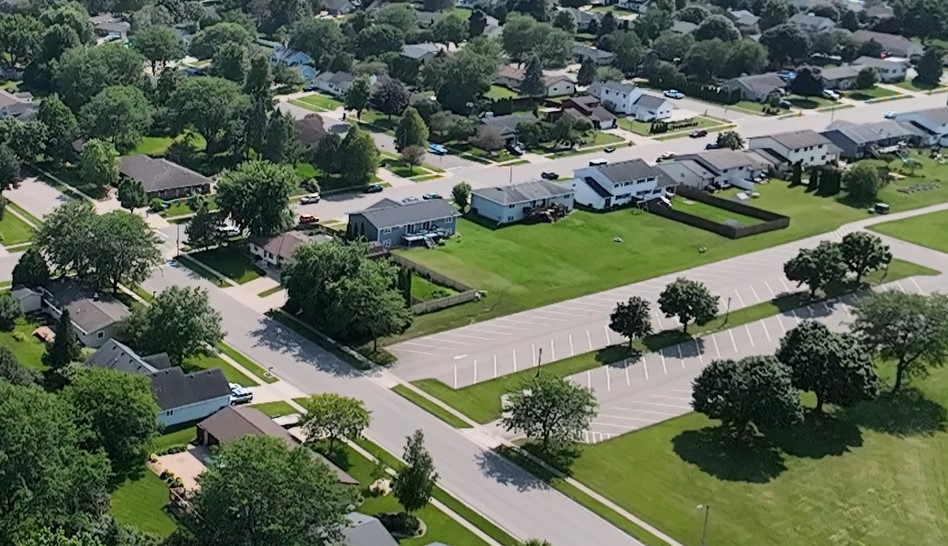 Gov. Tony Evers and the Wisconsin Department of Natural Resources (DNR) today announced the Urban Forestry (UF) Grant Program recipients for the 2025 grant year. In addition to helping fund projects consistent with state and national goals for increasing the urban forest canopy, reducing carbon dioxide and other greenhouse gasses from the atmosphere, and improving the quality of life and public health of communities, the UF Grant Program will help advance goals outlined in Gov. Evers’ Trillion Trees Pledge commitment, which includes planting 1 million trees in urban areas by the end of 2030. Continue reading “Gov. Evers, DNR Announce 2025 Urban Forestry Program Grant Recipients”
Gov. Tony Evers and the Wisconsin Department of Natural Resources (DNR) today announced the Urban Forestry (UF) Grant Program recipients for the 2025 grant year. In addition to helping fund projects consistent with state and national goals for increasing the urban forest canopy, reducing carbon dioxide and other greenhouse gasses from the atmosphere, and improving the quality of life and public health of communities, the UF Grant Program will help advance goals outlined in Gov. Evers’ Trillion Trees Pledge commitment, which includes planting 1 million trees in urban areas by the end of 2030. Continue reading “Gov. Evers, DNR Announce 2025 Urban Forestry Program Grant Recipients”
Health benefits
Improving Employee Well-being With Exposure To Trees And Nature
By Olivia Witthun, DNR Urban Forestry Coordinator; Olivia.Witthun@wisconsin.gov or 414-750-8744
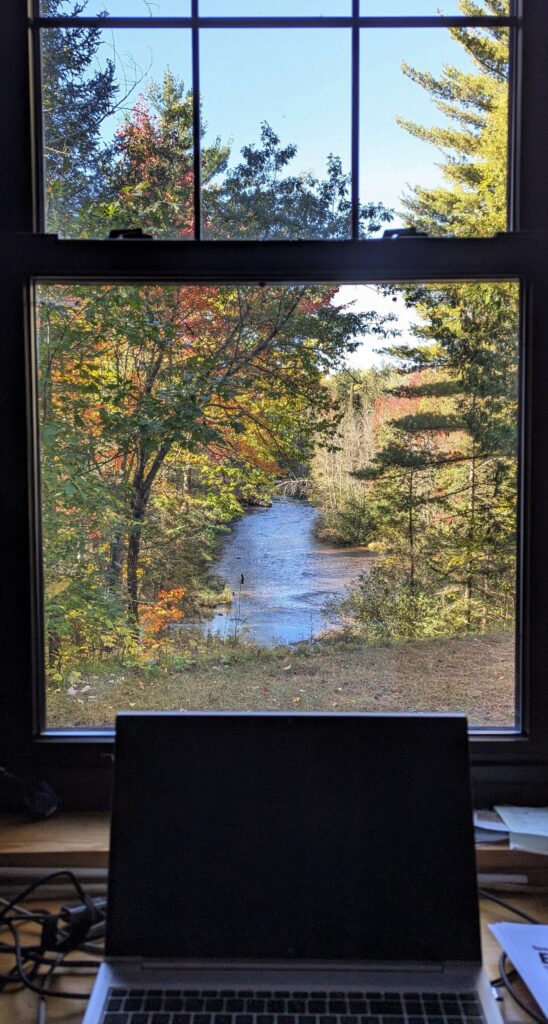 Employee attitudes and well-being improve with exposure to nature. Think about it. Every weekday we commute to work, only to be met by a dark cubicle in shades of beige and grey. Ever wonder why your mood starts to match the walls? It’s because the workplace environment contributes to employee health. We’ve known this to be true (anecdotally) for a long time, but mounting scientific evidence proves our urban and community forests have beneficial effects on employee performance. Continue reading “Improving Employee Well-being With Exposure To Trees And Nature”
Employee attitudes and well-being improve with exposure to nature. Think about it. Every weekday we commute to work, only to be met by a dark cubicle in shades of beige and grey. Ever wonder why your mood starts to match the walls? It’s because the workplace environment contributes to employee health. We’ve known this to be true (anecdotally) for a long time, but mounting scientific evidence proves our urban and community forests have beneficial effects on employee performance. Continue reading “Improving Employee Well-being With Exposure To Trees And Nature”
May Is Mental Health Awareness Month, But Trees Provide Benefits All Year Long
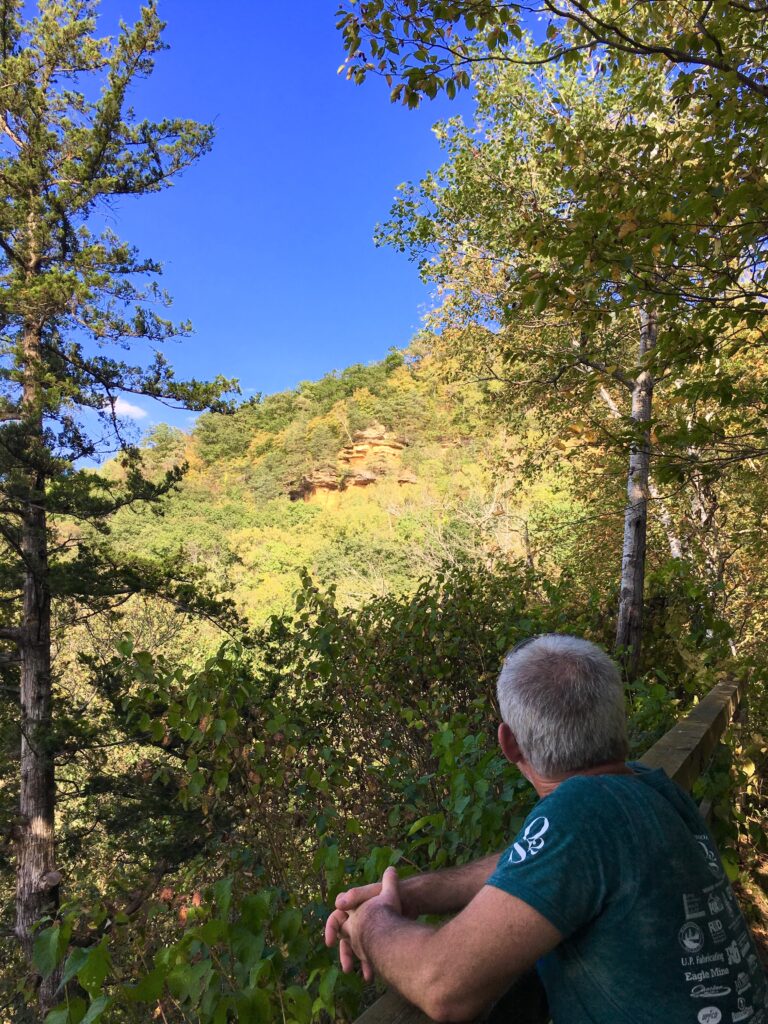 Over the years, a growing body of research has proven that regular access to trees makes us happier and healthier. They restore our sense of calm from head to toe — improving memory and attention span, enhancing cognitive functioning, lowering blood pressure, and reducing cortisol levels.
Over the years, a growing body of research has proven that regular access to trees makes us happier and healthier. They restore our sense of calm from head to toe — improving memory and attention span, enhancing cognitive functioning, lowering blood pressure, and reducing cortisol levels.
In honor of Mental Health Awareness Month, here are just a few ways trees can support your mental well-being. Continue reading “May Is Mental Health Awareness Month, But Trees Provide Benefits All Year Long”
DNR Urban Forestry Program Announces 2024 Grant Recipients
By Nicolle Spafford, DNR Urban Forestry Grant Manager; Nicolle.Spafford@wisconsin.gov or 715-896-7099
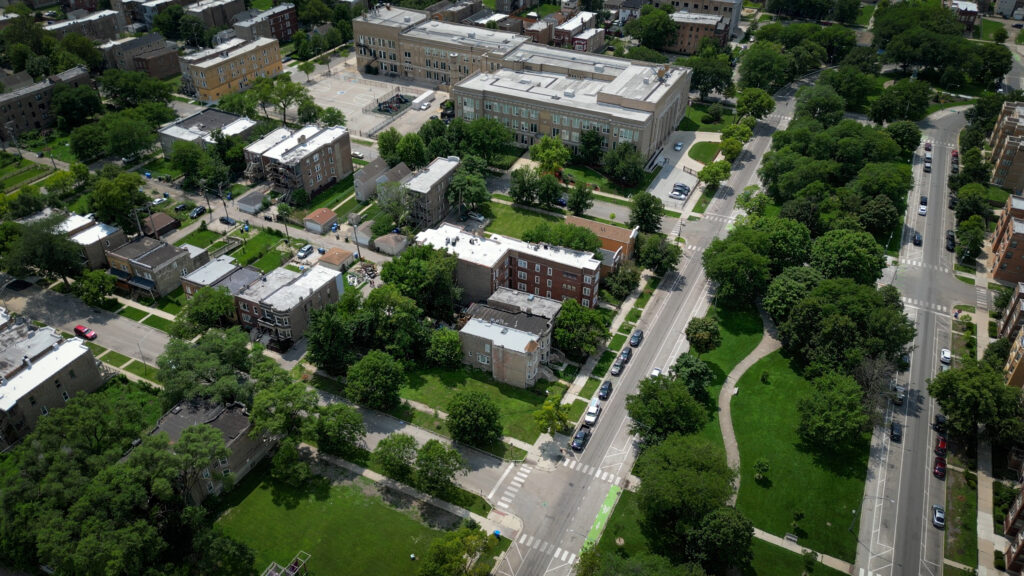
Photo Credit: Preston Keres, USDA Forest Service
The Wisconsin Department of Natural Resources (DNR) today announced Urban Forestry Grant Program recipients for the 2024 grant year. The program helps fund projects consistent with state and national goals for increasing the urban forest canopy.
The Urban Forestry Grant Program is distributing almost $805,000 in grant funds, with $554,680 in state funding and an additional $250,066 in federal funding. A dollar-for-dollar match puts the estimated cost of these projects over $1.6 million. In total, 58 applications were selected to receive funding, with awards ranging from $1,580 to $25,000. Continue reading “DNR Urban Forestry Program Announces 2024 Grant Recipients”
Encourage Student Success With Trees In Your Neighborhood
By Olivia Witthun, DNR Urban Forestry Coordinator, Plymouth, Olivia.Witthun@wisconsin.gov or 414-750-8744
 September is back to school month. How do you get those kids to settle down and focus after three months off? The answer is as simple as walking right outside your front door! Exposure to nature has been shown to positively impact students, from improved academic performance and focus, to reduced Attention Deficit Hyperactivity Disorder (ADHD) symptoms.
September is back to school month. How do you get those kids to settle down and focus after three months off? The answer is as simple as walking right outside your front door! Exposure to nature has been shown to positively impact students, from improved academic performance and focus, to reduced Attention Deficit Hyperactivity Disorder (ADHD) symptoms.
Research has demonstrated that exposure to nature during school hours is positively associated with academic performance, including standardized test scores, graduation rates and plans to attend a four-year college. Among girls, greener views from home increase the ability to concentrate and foster self-discipline, which enables them to perform better in school.
Continue reading “Encourage Student Success With Trees In Your Neighborhood”
Local Study Demonstrates Association Between Nature And Stroke Risk
In April, a study based in Milwaukee County was released showing an association between proximity to green spaces and lower odds of stroke. Researchers with Advocate Aurora Health found that people who live near green spaces in Milwaukee County were 19% less likely to have a stroke than those with less green space nearby.
Learn more about the study in an article by Matt Martinez writing for the Milwaukee Neighborhood News Service. The journal article is available here.
This new study is one of thousands that have shaped our understanding of the extraordinary health benefits of urban trees and green spaces. Urban nature has reduced cardiovascular disease, mental illness, ADHD, diabetes, respiratory illness and asthma; supports immune function and family dynamics; increases healthy birth weight and opportunities for physical activity; and much more.
To learn more about the health benefits of urban nature, visit the DNR’s “Good Health Grows on Trees” webpage.
Every Kid Healthy Week
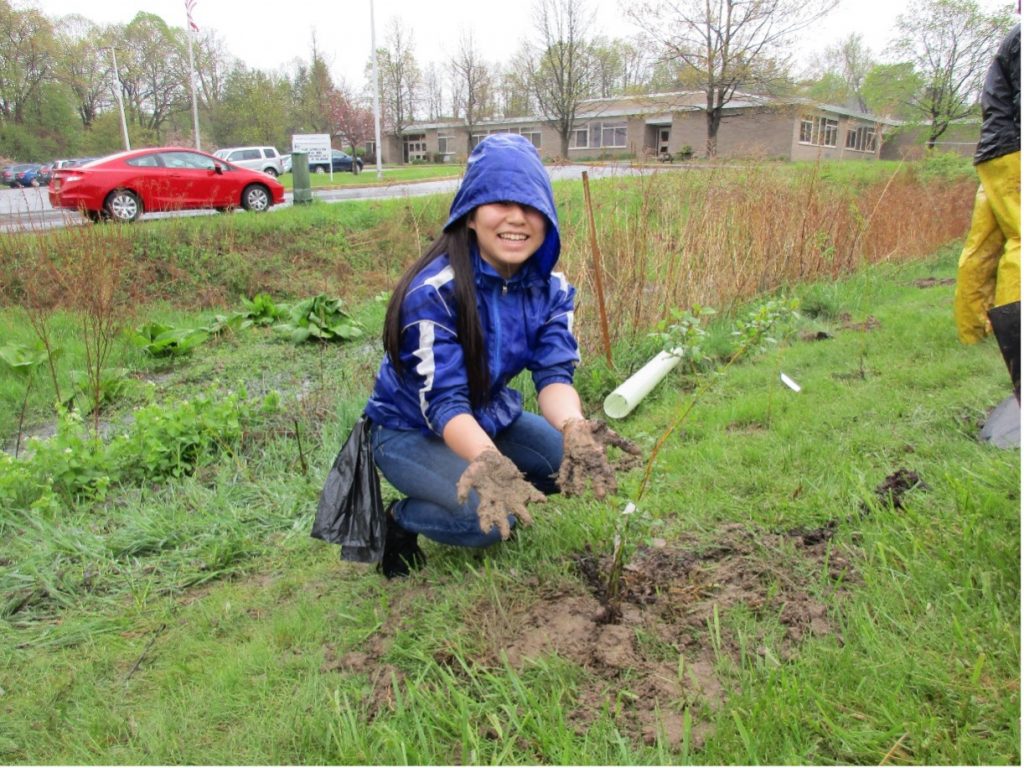 April 26-30 is Every Kid Healthy Week. This national celebration promotes the importance of well-rounded health in children – not just physical, but also social and emotional health. One easy way to maintain each of these types of health is to spend time outside. Spending time among trees is scientifically proven to reduce stress and boost the immune system. When kids appreciate the benefits trees provide not just us, but also our planet, it can start them on the path of lifelong love for the natural world.
April 26-30 is Every Kid Healthy Week. This national celebration promotes the importance of well-rounded health in children – not just physical, but also social and emotional health. One easy way to maintain each of these types of health is to spend time outside. Spending time among trees is scientifically proven to reduce stress and boost the immune system. When kids appreciate the benefits trees provide not just us, but also our planet, it can start them on the path of lifelong love for the natural world.
Each year the last day of Every Kid Healthy Week also happens to be Arbor Day! In Wisconsin, the Department of Natural Resources (DNR) helps celebrate Arbor Day with an environmental education program designed to teach students the importance of trees. We provide thousands of free tree seedlings to Wisconsin fourth grade students for this celebration on a yearly basis.
Trees Go Dormant In The Winter But Your Healthy Lifestyle Shouldn’t
By Gabriele Edwards, Urban Forestry Program Specialist, Iowa DNR
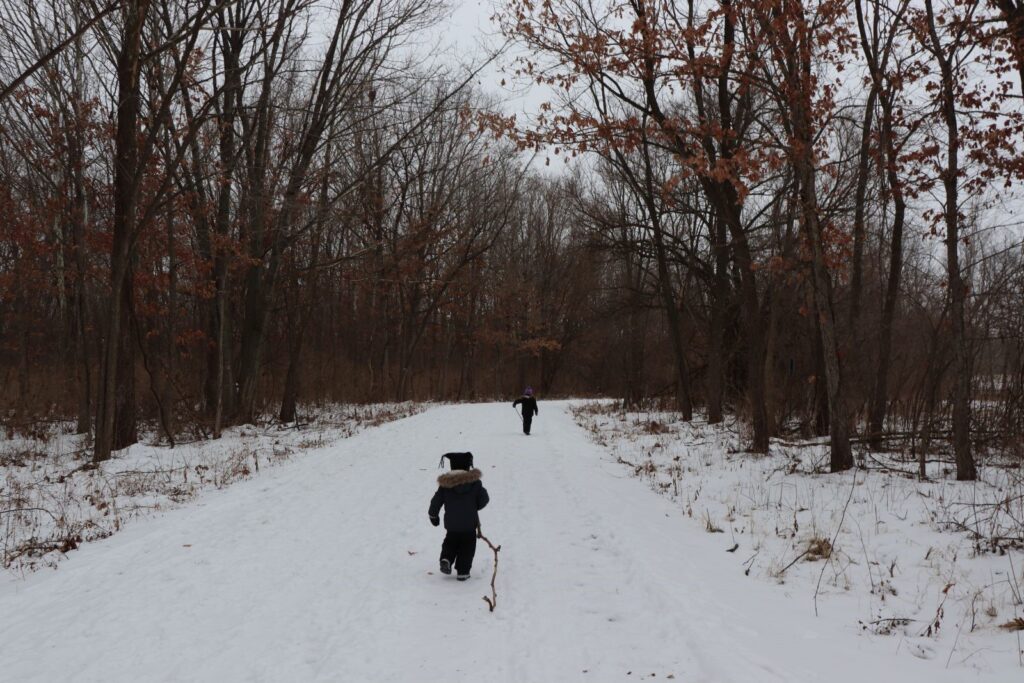 As the temperature drops and sunlight decreases, deciduous trees shed their leaves and focus on internal storage and conserving resources. Our behavior often mirrors that of a dormant tree. It is easy to shed our active, outdoor lifestyle in favor of lounging under blankets and remaining sedentary most of the day.
As the temperature drops and sunlight decreases, deciduous trees shed their leaves and focus on internal storage and conserving resources. Our behavior often mirrors that of a dormant tree. It is easy to shed our active, outdoor lifestyle in favor of lounging under blankets and remaining sedentary most of the day.
This typically results in added “resources” (aka those pesky extra winter pounds) due to lack of activity and extra stress associated with the holidays and year-end deadlines. Unlike those powered-down trees, we need to maintain a healthy, active lifestyle throughout the colder months to keep ourselves physically, mentally and emotionally powered-up.
Continue reading “Trees Go Dormant In The Winter But Your Healthy Lifestyle Shouldn’t”
Trees Support Mental Health During COVID-19
By Patricia Lindquist, DNR Urban Forestry Communications Specialist based in Madison, patricia.lindquist@wisconsin.gov or 608-843-6248
 The COVID-19 pandemic is taking a serious toll on our mental health. Many of us are feeling lonely and isolated due to social distancing. Some of us have lost our jobs, some have lost access to schooling and some have lost beloved friends and family members.
The COVID-19 pandemic is taking a serious toll on our mental health. Many of us are feeling lonely and isolated due to social distancing. Some of us have lost our jobs, some have lost access to schooling and some have lost beloved friends and family members.
Stress, anxiety and depression are on the rise. The numbers are truly staggering. According to the Kaiser Family Foundation, there has been a dramatic increase in the number of people reporting symptoms of anxiety or depressive disorder during the pandemic. Pre-pandemic, from January to June 2019, 11% of adults reported these symptoms. In recent months, these figures have more than tripled. The weekly average for May 2020 was 34.5%; the weekly average for June was 36.5%; and the weekly average for July was 40.1%. In addition, a recent study reported that 13.3% of adults have begun or increased their use of substances to cope with the stress of COVID-19, and 10.7% of adults have thought of suicide in the last 30 days.
Continue reading “Trees Support Mental Health During COVID-19”
Urban Forests Make Safer Streets
By Jane Raffaldi, New York Department of Environmental Conservation

As leaves change this time of year, it’s obvious that urban trees make our communities more beautiful, but did you know they also make our neighborhood streets safer? Streets lined with trees tend to encourage slower driving and statistically have less accidents than those without. And it’s not just speeds that are lowered by their presence – they also contribute to lower stress levels in drivers, leading to less road rage.
How does a simple stretch of trees have such a magical impact? According to the Federal Highway Administration, the presence of tree canopy along a street provides a narrowing speed control measure by creating a “psycho-perceptive sense of enclosure” that discourages speeding.
When drivers feel like they’re in a smaller, closed space – like a tunnel or a canopied street – they drive slower than when driving through open areas. Additionally, the presence of greenery naturally calms us whether we are consciously looking at it or not.
